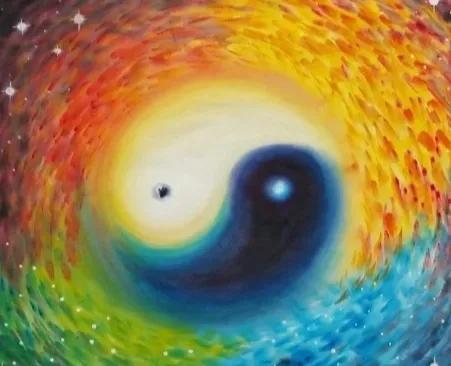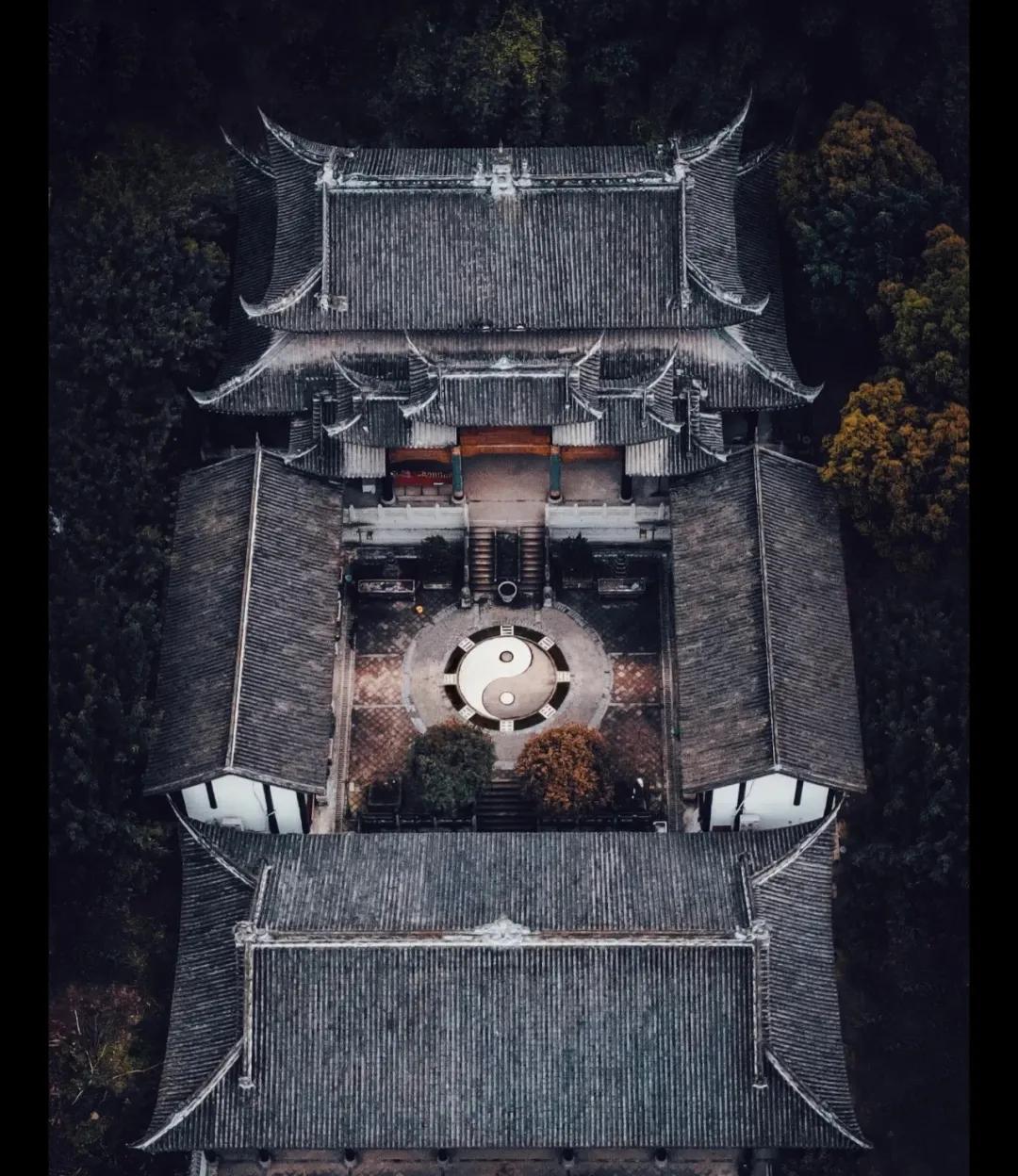1. Yin and Yang: According to legend, before the formation of heaven and earth, the universe was in chaos. Pangu created the world and divided the chaos into two. The sky was yang and the earth was yin. From this, the concept of yin and yang came into being. . Later, based on the facts of production, life practice and long-term observation of natural phenomena, the ancients gradually classified the attributes of the sun, masculinity, strength, light, heat, etc. with upward, positive movement, affirmation, goodwill, and enthusiasm as yang. The moon, women, weakness, darkness, cold and other attributes with sinking, static, negative, negative, malicious and cold attributes are classified as yin, and a set of theories on the interaction of yin and yang are summarized to analyze and explain. The origin and development of everything in the world. Applying it to nature, human beings, birth, old age, illness and death led to the later theories of Yin and Yang and the Five Elements, the Yin and Yang Bagua theory and the ancient theory of traditional Chinese medicine.
2. Five elements: refers to the five substances of wood, fire, earth, water, and metal and their movements. The concept of the Five Elements has appeared as early as the Warring States Period, and is the product of the interaction of Yin and Yang. Wood, fire, metal, and water are listed above and below the land. The first two belong to yang, and the latter two belong to yin. Fire is more active than wood and belongs to yang. Water is located lower than metal and belongs to yin. The land in the middle is neutral. , because water is necessary for the growth of trees, water and wood are interdependent, thus forming a five-element cycle in which wood generates fire, fire generates earth, earth generates metal, metal generates water, and water generates wood, which is called the "five elements mutual generation". Following this cycle, matter will create each other, and if it goes against it, it will restrain each other. Wood restrains earth, earth restrains water, water restrains fire, fire restrains metal, and metal restrains wood. This is called "the five elements restrain each other." However, there are abnormal phenomena in the development and changes of things, which are "multiplication" and "mutual insult". Multiplication means excessive mutual restraint, and the order is consistent with mutual restraint. For example, if the wood energy is too strong, too much wood will multiply the earth energy, making the earth energy weak. Mutual insult is also called counter-inhibition, that is, the party that one can defeat is defeated by it instead. The sequence is exactly the opposite of mutual intimidation. For example, the normal mutual restraint relationship is that wood restrains earth. However, if wood energy is too strong, earth will in turn insult wood. Ancient Chinese philosophers classified the properties of all things in nature into these five categories, and used them to explain the origin of all things in the world.
3. Bagua: It was first recorded in "The Book of Changes"


”, it is said that it was created by Fuxi. The origin of the Eight Diagrams is as stated in Zhouyi Xici: “Yi has Tai Chi, which produces two instruments, two instruments produce four images, and four images produce Bagua. That is to say, before the formation of heaven and earth, the universe was in a state of boundless vitality (that is, Tai Chi). All things in the heaven and earth evolved from it. The evolution of Tai Chi is the separation of vitality. The clear Yang ascends to the sky, and the turbid and heavy The sun sinks to the earth, the sky is yang, the earth is yin, yin and yang (i.e., two rites) are divided into four images. The four images refer to the rebirth of one odd and one even on the basis of the two rites, one odd and one even, and the one reborn on top of the four images. Odd and even produce the third line, and the three lines of yin and yang are intricately arranged to form eight hexagram shapes, called the Bagua. There are more than 384 hexagrams in the sixty-four hexagrams that can be reborn. People can use this to determine good and bad luck, and by pursuing good luck and avoiding bad luck, they can accomplish great things. Bagua has been closely related to the astronomical calendar since its creation. The four images of Bagua represent the four seasons. Spring, summer, autumn and winter are replaced by Shaoyang, Laoyang, Shaoyin and Laoyin respectively. There have been records in history that the sixty-four hexagrams and the three hundred and eighty-four lines were used to record dates. The eight trigrams themselves can also be sorted and formed into a trigram chart to indicate directions and predict good and bad fortunes in the past and future.
Articles are uploaded by users and are for non-commercial browsing only. Posted by: Lomu, please indicate the source: https://www.daogebangong.com/en/articles/detail/yin-yang-wu-xing-ba-gua.html

 支付宝扫一扫
支付宝扫一扫 
评论列表(196条)
测试